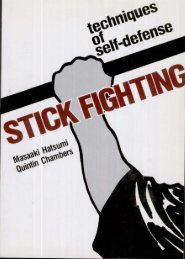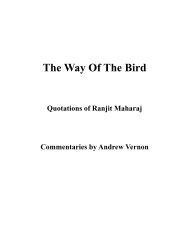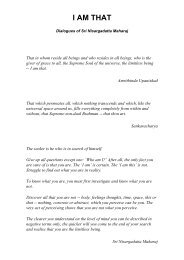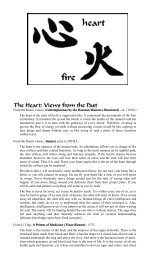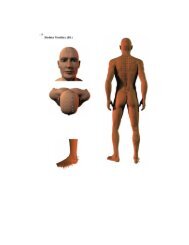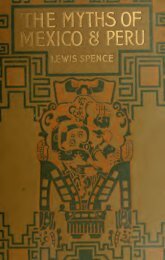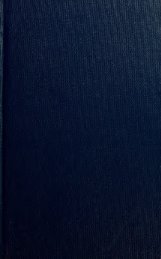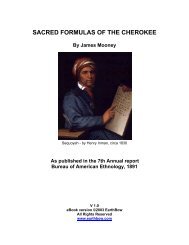Create successful ePaper yourself
Turn your PDF publications into a flip-book with our unique Google optimized e-Paper software.
<strong>Cause</strong>, principle and unity<br />
to the three aforesaid elements, and who recognize another kind of soul,<br />
apart from this world soul, which we must define here.<br />
DICSONO. Excellently said. And very satisfactory reasoning, for I see<br />
some people so lacking in judgement that they do not distinguish the causes<br />
of nature taken absolutely, according to the entire extension of their being,<br />
as philosophers do, and those taken according to a limited sense appropriate<br />
to their work. The first mode is excessive and vain for physicians as<br />
such, and the second is restricted and insufficient for philosophers as such.<br />
TEOFILO. You have touched on that very point which earns Paracelsus<br />
praise. In discussing medical philosophy, he reproves Galen for having<br />
introduced philosophical medicine, and for having created such an annoying<br />
mixture and tangled web that, in the last analysis, he comes across as a<br />
very shallow physician and a very confused philosopher. But let that be said<br />
with some reserve, since I have not had the leisure to examine all parts of<br />
his work.<br />
GERVASIO. Please, Teofilo, first do me the favour, since I am not so<br />
competent in philosophy, of making clear what you mean by the word<br />
‘matter’, and what matter is in natural things.<br />
TEOFILO. All who want to distinguish matter and consider it in itself,<br />
without form, resort to the analogy of art. So it is with the Pythagoreans,<br />
the Platonists and the Peripatetics. Take, for example, the art of carpentry:<br />
it has wood as substratum for all its forms and all its work, as iron is for the<br />
blacksmith and cloth for the tailor. All these arts produce various images,<br />
compositions and figures in their own particular material, none of which is<br />
natural or proper to that material. Nature is similar to art in that it needs<br />
material for its operations, since it is impossible for any agent who wishes<br />
to make something to create out of nothing, or to work on nothing. There<br />
is, then, a sort of substratum from which, with which, and in which nature<br />
effects her operations or her work, and which she endows with the manifold<br />
forms that result in such a great variety of species being presented to<br />
the eyes of reason. And just as wood does not possess, by itself, any artificial<br />
form, but may have them all as a result of the carpenter’s activity, in a<br />
similar way the matter of which we speak, because of its nature, has no natural<br />
form by itself, but may take on all forms through the operation of the<br />
active agent which is the principle of nature. This natural matter is not perceptible,<br />
as is artificial matter, because nature’s matter has absolutely no<br />
form, while the matter of art is something already formed by nature. Art<br />
can operate only on the surface of things already formed, like wood, iron,<br />
56




